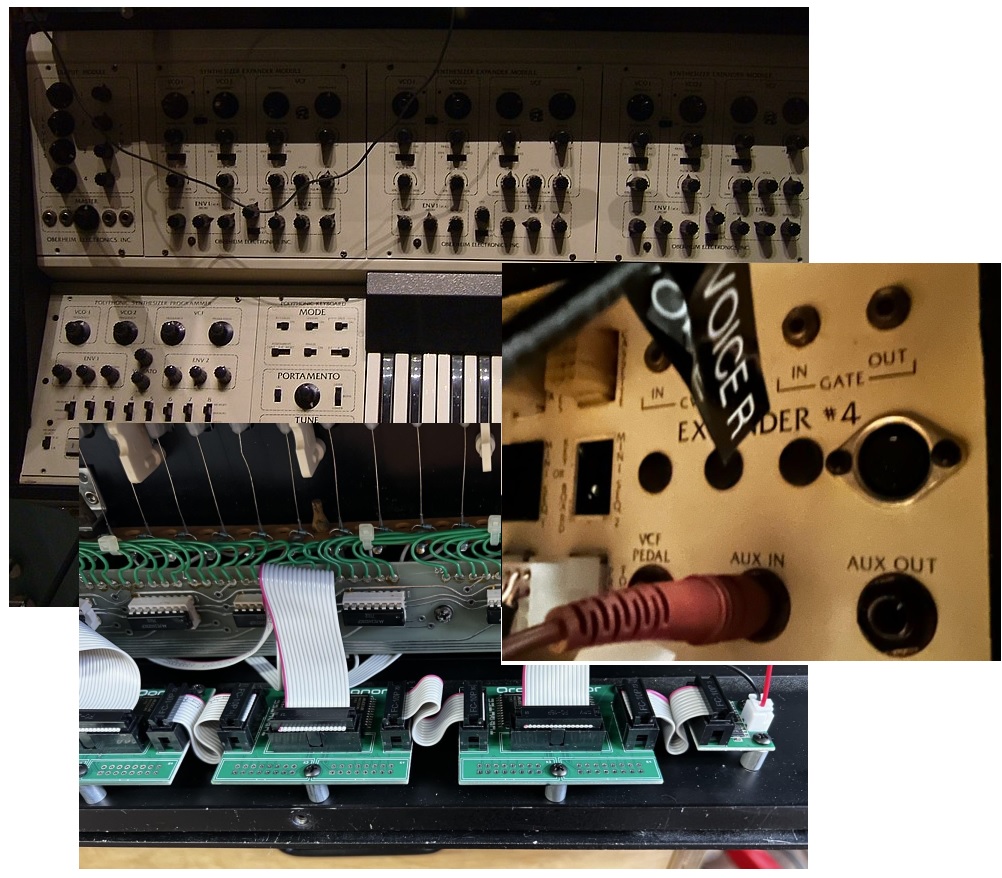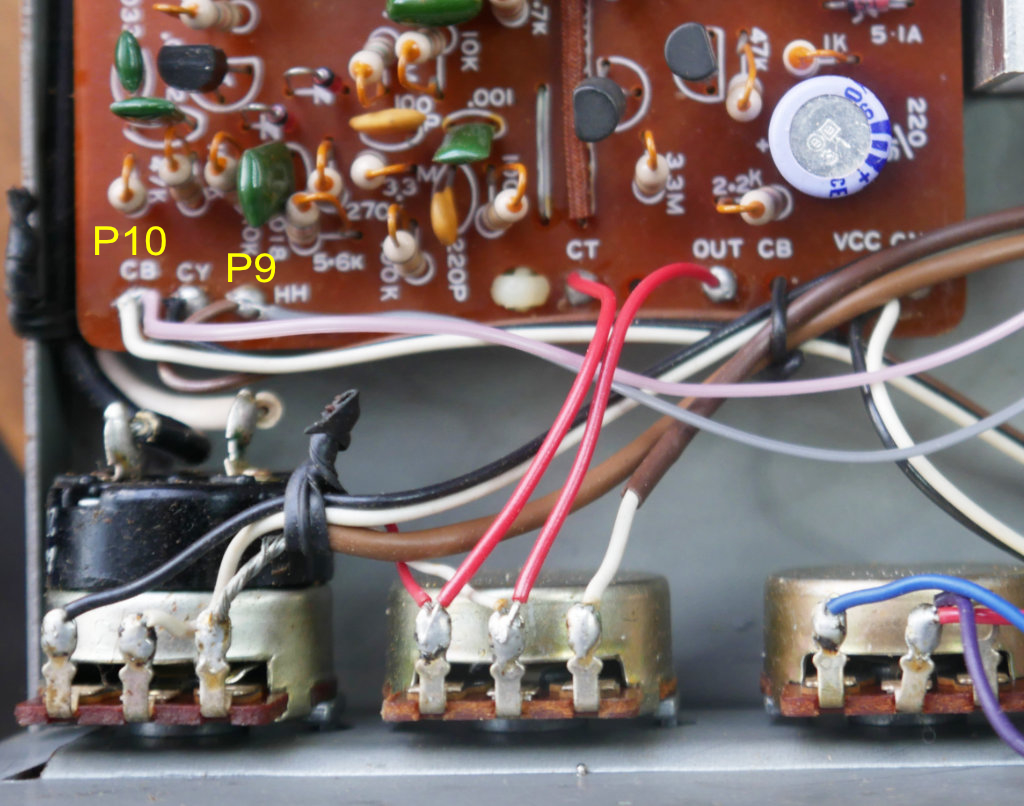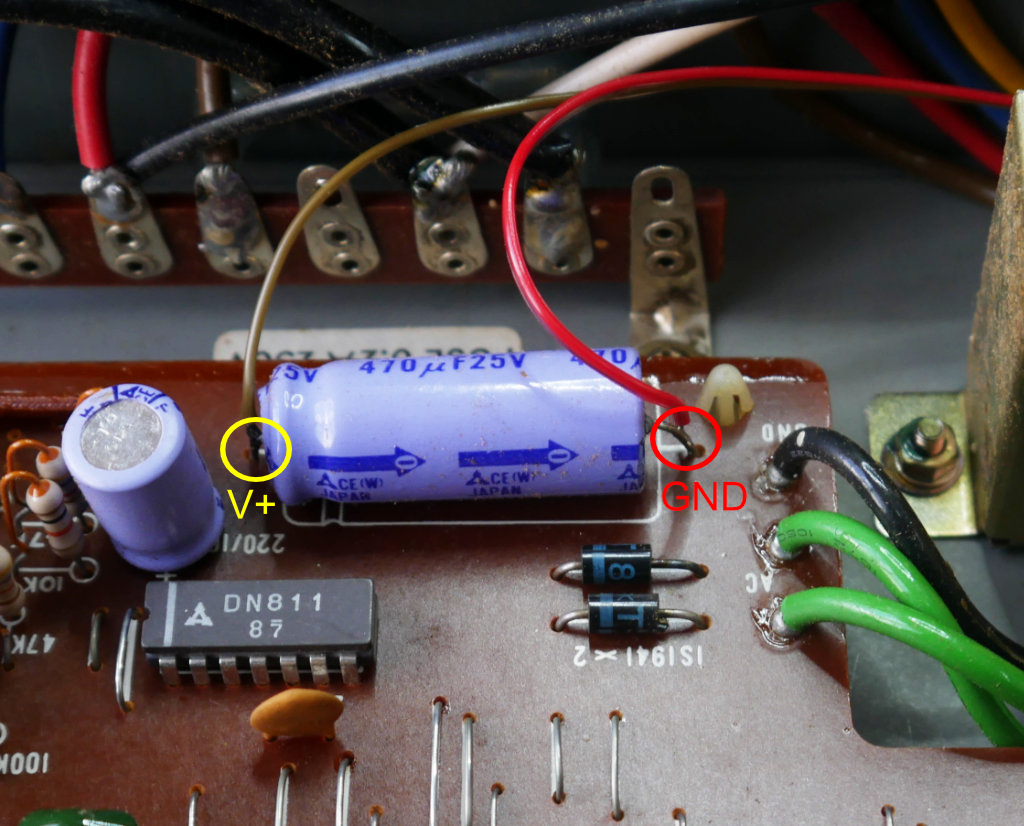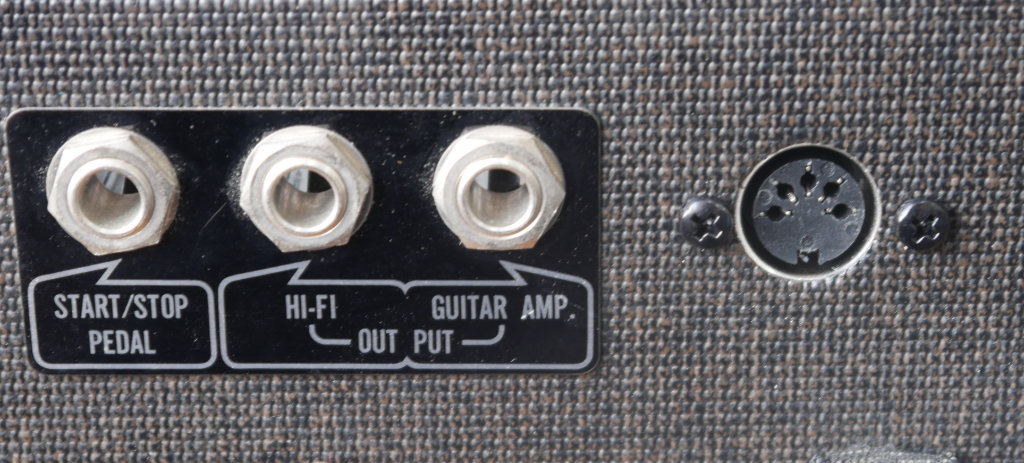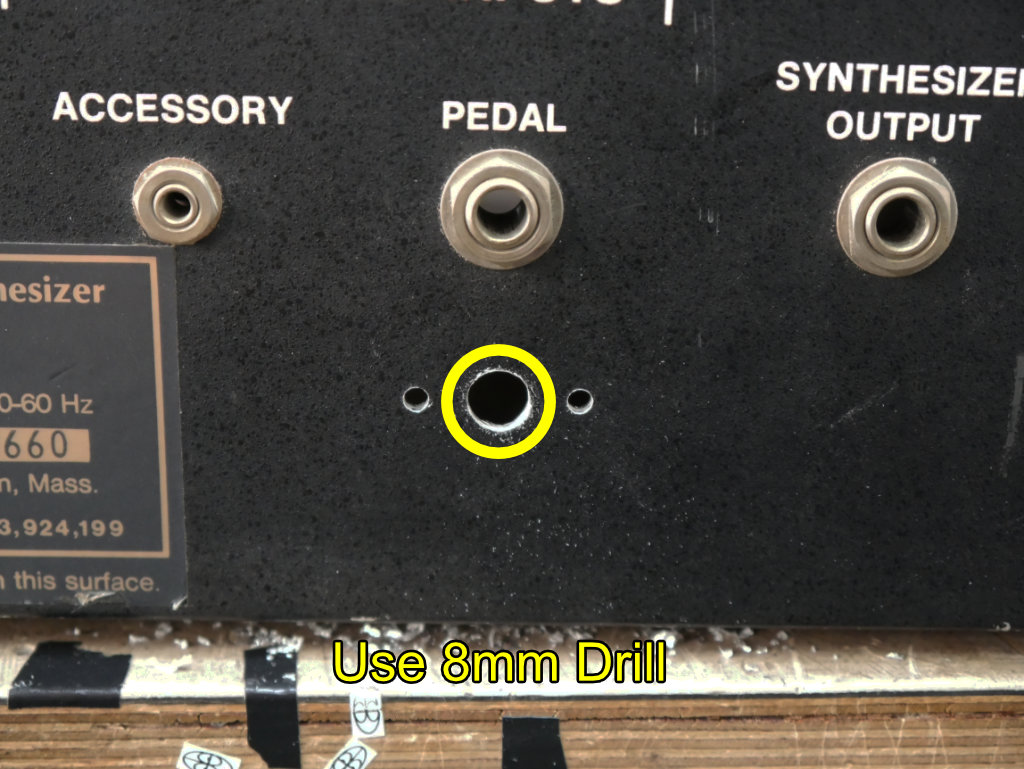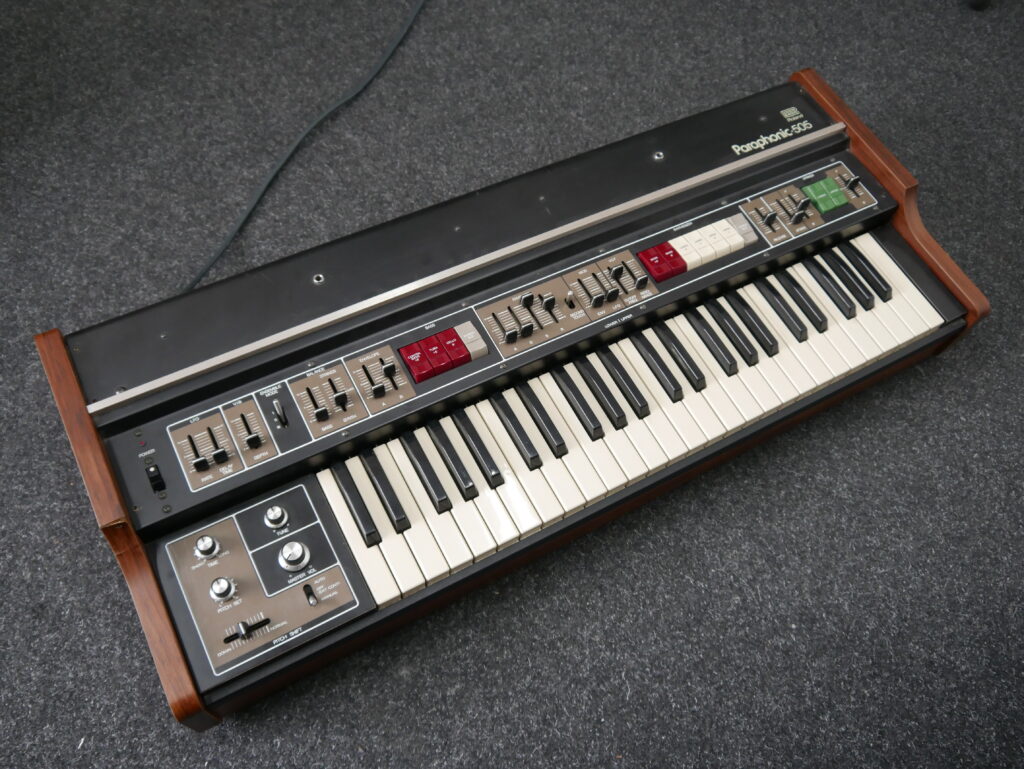Here are some investigations and improvements on the Juno-6 and Juno-60 noise performance. We looked at both, the original CPU as well as our Juno-66 upgrade
Both, the original CPU and Juno-66 create noise on the output. You can hear that by not playing anything on the keyboard, select SAW as input waveform (as this seems to reduce the VCA bleeding) and pull the gain all the way up.
The noise performance can be improved by adding additional filtering to the 5V supply. In case of the SH-101 for example which has a similar problem, an additional 10µF ceramic cap close to the CPU worked very well.
Now, at least in the case of my Juno, the original CPU has actually a much louder noise ( I assume because it draws more current), as compared to Juno-66.
However, the noise is not focused on one frequency, but a broader spectrum. This is due to jitter in the original CPU processing.
Juno-66 on the other hand, produces noise with a dominant frequency content and hence might be more audible – even though actually quieter.
To rectify this, I have created a firmware update that introduces additional jitter to broaden the spectrum a bit. Note, however that a good solution would of course eliminate the noise via supply rail filtering.
Noise of the original CPU, while a key is pressed the frequency is a bit different.
With the same settings: Juno-66 firmware 1.29. I press keys and change the portamento switch. Note, that this is already quieter than the original CPU
Same setting: Juno-66 firmware 1.3 – jitter is introduced
Soldering an additional 10uF capacitor between GND and 5V on the bottom of the board across the CPU supply pins, improved the noise even further.
You can find the 1.30 firmware on the updater site.




